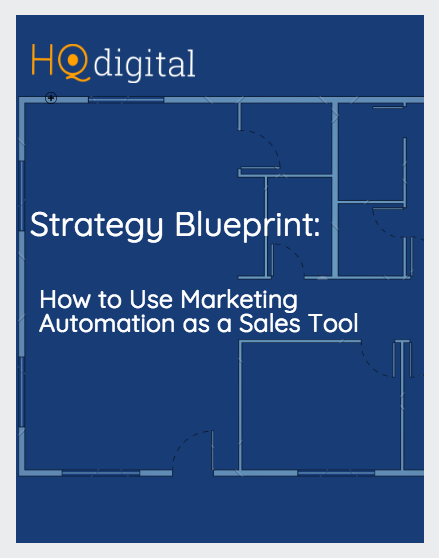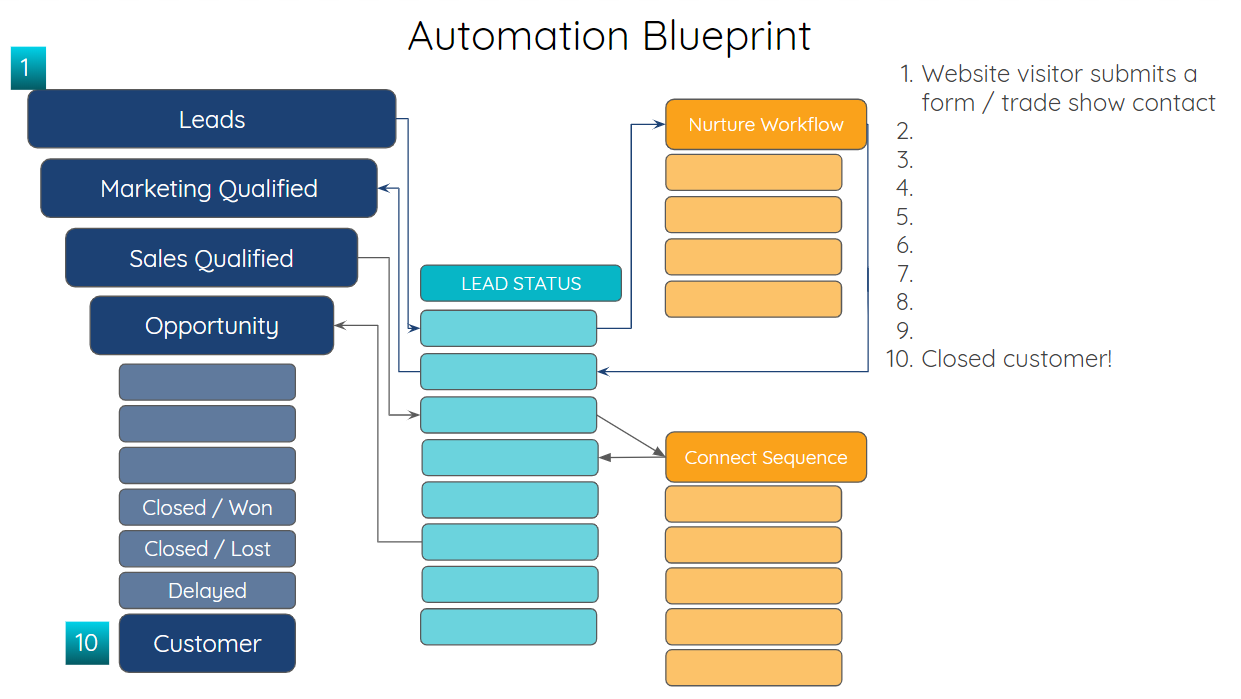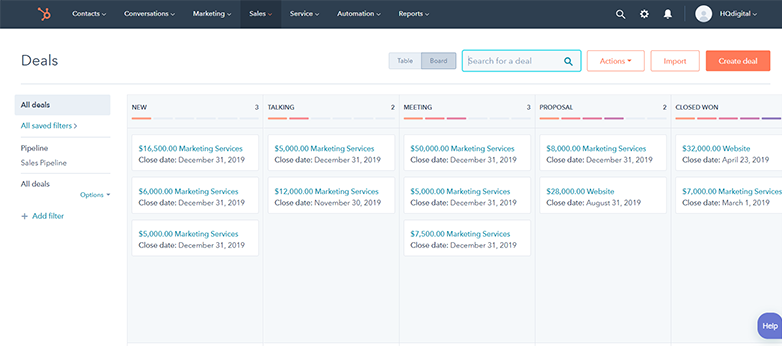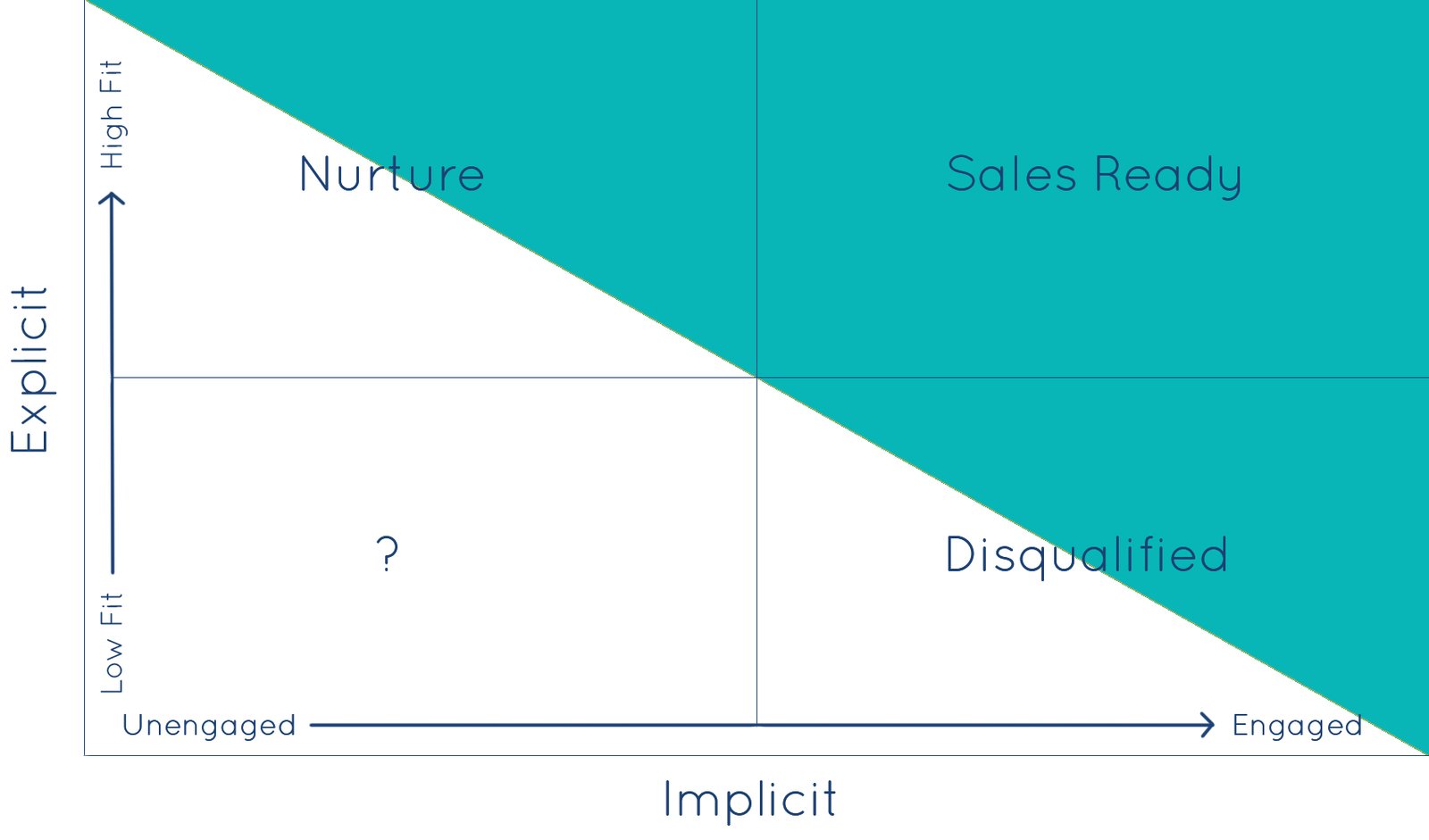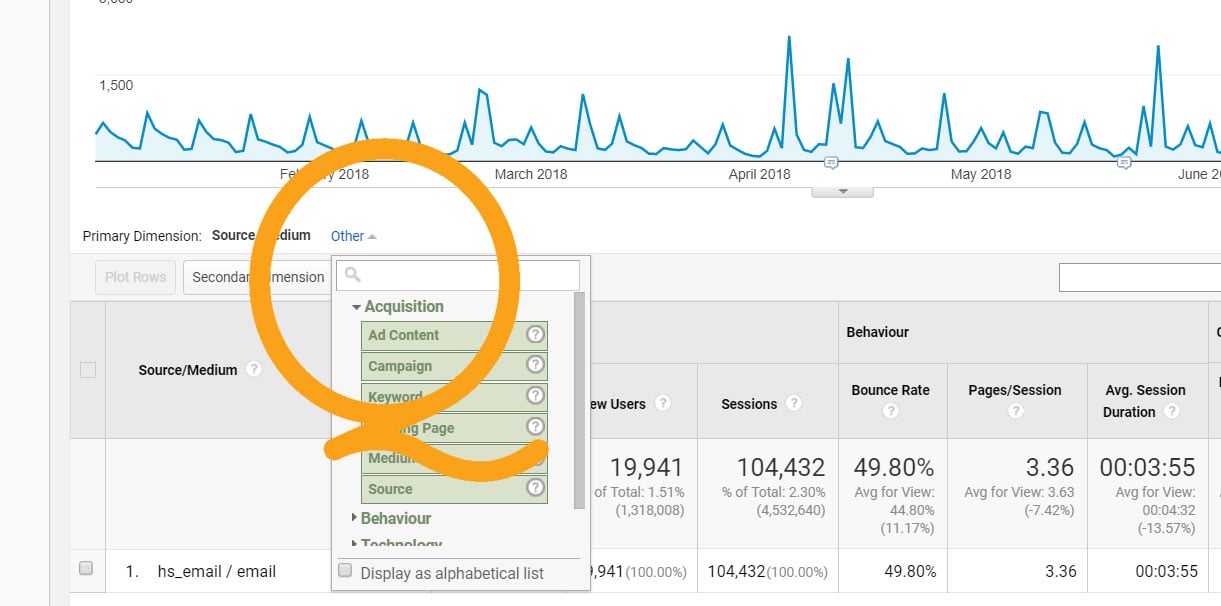
Tell me if this sounds familiar. Your team has recently implemented a marketing automation solution, but six months in or even a year later, you're still not experiencing substantial gains in efficiency, lead generation, and revenue growth. You're probably feeling a little shortchanged, and with good reason.
If you're in this situation, don't panic. You don't have to settle for mediocre results. Game-changing technology like marketing automation should deliver game-changing results.
Start by identifying the root cause of your lackluster results. Once you know what you're dealing with, there are steps you can take to quickly turn things around and start capitalizing on your marketing automation investment.
If this situation above is all-too-real for your team, there's hope. Here are the top five common causes for sub-part marketing automation results and tips on how to solve them.
1. No Real Strategy
In order to drive robust, impactful results, you need to have a cohesive, smart strategy that underlies your marketing automation technology. Technology alone will not get you impressive results. Use marketing automation as a tool to streamline execution of a marketing strategy that attracts, converts, and engages prospects.
Resist the urge to dive into tactical execution before you've developed a complete marketing strategy that includes:
- Your target audience
- Their pain points or problems
- The solutions your company provides that solve those pains and problems
- Your ideal customer profile
- Your brand's differentiators and messaging
It can be challenging to be patient and figure this all out, but it's absolutely worth the time and effort in the long-run. Focus on developing a strong strategy upfront, and update it often as real data comes in from your marketing automation system and website analytics. Better results will almost surely follow.
2. Lack of Leads
This is such a frustrating issue for so many companies. Marketing automation does a great job of nurturing leads into engaged prospects and sales opportunities, but, to do that, you need to start by getting leads into the system in the first place.
Unfortunately, implementing a marketing automation solution doesn't magically generate a healthy stream of leads, ever. You can't rely on the technology alone to generate revenue growth for your organization.
Invest in a good mix of inbound and outbound marketing tactics to get new leads coming in through your website, trade shows, speaking engagements, referrals, and other sources.
For outbound leads that are generated via an offline source, make sure to promptly add their contact information to your marketing automation system as soon as possible so that no lead gets left behind.
To generate inbound leads, first make sure you're getting sufficient traffic to your website. If your traffic is low, try tapping into and focusing on multiple traffic sources, like social media, email, referral visits, organic search, direct traffic, and more. Put your URL everywhere.
If you have decent website traffic, but you’re still not seeing enough leads come in, it’s time to diagnose further. What you may be facing is an issue of marketing that is not connecting with your target audience.
To fix it, investigate the following:
- Do you have the right target audience? Have you sufficiently and accurately documented your ideal customer? Have you validated your team’s assumptions with customer surveys or research? Have you revised your persona definitions within the last six months to make sure they’re current? Have you accounted for all participants in the purchase decision?
- Messaging - is your messaging relevant to your target personas? Does it connect with them in a meaningful, emotional way? If you’re getting good traffic, but sub-par conversion action, off-the-mark messaging may very well be the culprit.
- Is your marketing that’s all about you and not about your audience? Today’s buyers are savvy and empowered with information. They actively seek to avoid speaking with sales reps whenever possible. Your marketing strategy needs to adapt to this known change in buyer behavior by shifting its message to focus on how your company solves the needs, pains and problems that your target audience faces. To do this, consider questions and challenges they have along the way as they set out on a path toward purchase. Consider their questions from all the way at the top of the funnel, when they are simply conducting research about their pain, problem or question. Create content that answers your audience’s questions and helps to solve their problems. Make this content available in exchange for a form submission. Add conversion points for multiple stages of the funnel and multiple personas. Use action-oriented language and describe the value of your offer specifically. “Schedule your free 30-minute demo” or “Download your marketing automation infographic,” for example.
3. Bad Leads
 Sales teams get very frustrated when they are handed leads from marketing teams that they feel are low-quality or unqualified. If your organization is suffering from “bad leads” syndrome, ask some additional questions of your sales team to find out more.
Sales teams get very frustrated when they are handed leads from marketing teams that they feel are low-quality or unqualified. If your organization is suffering from “bad leads” syndrome, ask some additional questions of your sales team to find out more.
- Are the leads the correct persona? (Have marketing and sales agreed on what a target persona is?)
- Are the leads qualified, but not ready to buy now?
- Is the issue that they are not decisionmakers?
If the leads are not the right fit, make sure that sales and marketing have agreed upon your target personas. For best results, co-create or at least update your target personas as a collaborative effort between your marketing and sales teams to ensure you're really aligned here. Evaluate and update your brand's messaging to make sure it connects with your target audience.
If leads are qualified but not ready to buy, your sales team is probably reaching out to leads too early. These contacts are likely top or middle-of-the-funnel leads, and if your sales team is pushing a demo or a sales call too soon, the result is misalignment and a lost opportunity.
Instead, have sales team members reach out with educational, valuable content that is targeted to a lead by funnel stage, and target further by industry, company size and top challenges. Track everything with your marketing automation technology, and optimize your process continuously over time using the data.
If the leads are not decisionmakers, you might need to reevaluate your target personas and marketing materials to make sure that your content is targeting and connecting with the right people who need to be involved in your sales process.
4. Mismatched Technology
If your marketing automation software is misaligned with your other critical business systems, your business goals, or your team, you're probably not getting results you feel proud of, and it probably feels pretty overwhelming at times.
Companies find themselves in this situation for a variety of reasons, but the most common scenario is a forward-thinking company that was an early adopter of a marketing automation system that today feels clunky, complicated, or cumbersome.
When you’re experiencing issues like this, the solution is often ripping off the band-aid and migrating to a better solution. Today's marketing automation systems are easy-to-use and affordable. They use cloud-based technology and often integrate easily with hundreds of other complementary technologies.
5. Wrong Team
The problem with many marketing automation efforts is not partnering with proper experts to implement and optimize the technology. Don't make the painful mistake of assuming that the software is a self-supporting system. In order to get remarkable results, you'll need specialized expertise, whether in-house or through a partnership with an outside consultant or agency.
For best results, and to get the most out of your marketing automation investment, partner with a certified team with platform-specific skills, knowledge, and expertise.
When evaluating consultants or agencies to support your marketing automation efforts, be sure to critically interview your candidates. Unfortunately, some less-than-reputable agencies and consultants claim to have expertise in systems that they know very little about because they see an opportunity to make money and figure things out on their client's dime.
Here are some questions you should ask your agency and consultant candidates to make sure you're working with someone with real expertise, not someone who is fumbling through things at your expense.
- What tactics does your agency use to drive results with marketing automation?
- What do typical results look like for your marketing automation clients?
- Describe the specific improvements your clients experience as a result of marketing automation.
- What are the most common issues your clients run into when implementing marketing automation?
- How long has your team been working with marketing automation? In this platform?
- How many marketing automation clients have you had?
- How many active marketing automation clients do you have?
- Are you getting good results with marketing automation? Can I see the data?
Recognizing the root cause of your mediocre marketing automation results is the first step to turning things around. Follow the tips above to start seeing an immediate improvement in your marketing automation performance.
Get a strategic, easy-to-follow blueprint for how to leverage marketing automation technology as a powerful platform for growth in your organization. Download Strategy Blueprint: How to Use Marketing Automation as a Sales Tool.


